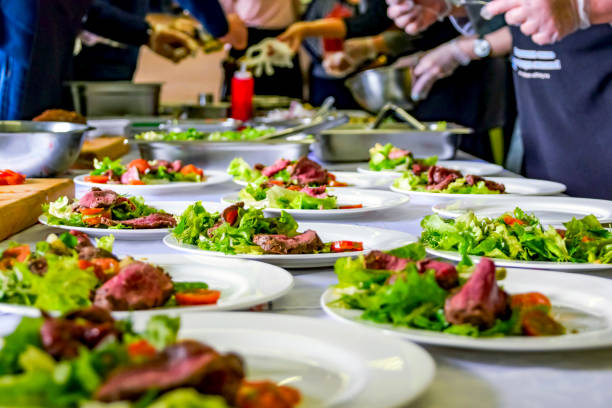Baking with a bread machine can be a true pleasure, but the sheer number of cycles and settings can be confusing. Many beginning bakers aren’t sure what the different names actually imply. Those of you who don’t have the manual, or bought your machine second-hand might need a little help with the basics. This list should help you navigate the most common settings and cycles found on modern bread machines.
Basic
That perfect white loaf that mom used to make is found on this setting. Basic breads that don’t need a lot of fuss, American loaves, and many savory yeast breads are baked perfectly using the basic cycle. For sweet loaves, however, this setting isn’t appropriate. It can result in an overproofed and yeasty loaf.
Sweet
Sweet bread lovers, have no fear. The sweet cycle is your friend. It will help you to bake the perfect sweet yeast loaf every time. Quick breads, which contain no yeast, should not be baked on this cycle. The sweet cycle setting includes a rise time, and bakes for a different amount of time than sweet yeast loaves.
Whole Wheat
Whole wheat flour often requires a little extra rise time. As a result, the whole wheat cycle includes a slightly longer rise time, which allows the wheat gluten to do its job, and the yeast to work. Adding vital wheat gluten to a whole wheat loaf may eliminate the need to use this cycle. Still, for best results, when using a whole wheat flour use this setting.
French
European loaves require slightly different settings than American style breads. Enter the French cycle. You can bake Italian, French, and many other European breads on this cycle. The timing is a bit longer, and on some machines the temperature settings may vary slightly as well. These adjustments ensure that you will be able to create loaves with the perfect texture and crust that characterize basic European breads such as French and Italian.
Gluten Free
Gluten free bread baking involves the use of non-wheat flours, but can still incorporate yeast. If you are on a special diet, and cannot eat wheat, you can still enjoy the benefits of a bread maker. Room temperature ingredients, and specialized flours such as almond, millet, and sorghum, tend to yield the best results. Potato and rice flours, although popular and cheap, don’t yield as flavorful and rewarding a loaf. They can, however, make good additions to a wheat or gluten free bread loaf.
Rapid/Quick
If you want bread in a hurry, break out the quick or rapid cycle. It varies from one machine to another, but generally involves a shortened rise time. In some machine, your loaf will proof twice, in others, just once. Rapid rise yeast may be requested by the manufacturer. If you on’t have the manual on hand, it might not be advisable to use this setting.
Quick Bread
Pound cakes and quick breads are a great breakfast or party treat. If you love them, you’ll love this cycle. There is no rise time incorporated, since these breads contain no yeast. You might even be able to bake a normal cake on this setting, although results will vary from one machine to another.
Jam
If you’ve got some perfectly ripe fruit on hand, test your bread maker’s skills by making hot, fresh jam. You can make multiple flavor combinations, but keep a few basics in mind. The pan, handle, paddle, and the machine can all be very hot on this cycle. You’ll need potholders to remove the pan when done. Use cubed fruit not pureed, for the best results. Check for recipes that are specific to your machine, and don’t double batches. If the jam spills onto the heating element, it can actually ruin the machine.
Dough
The creation of doughs for pies, pastas, cookies, and anything else you can think of is miles easier with this setting. There is no bake cycle on this setting, so be prepared to finish baking the dough in your oven, or in the case of pastas, pressing, shaping, and cutting it to dry and use later. Some machines may incorporate a separate cycle that is designed specifically for pasta doughs.
Others
Your machine may offer cycles such as a program cycle, custom cycle, or delayed start. If you have options that don’t appear on this list, you can actually run your machine without anything in it other than the bread pan and paddle. Keep an eye on the amount of time spent on each part of the cycle to determine its use. Opening the machine while it works will not damage it.
Before you begin
Bred machine loaf pans have a limited capacity. Don’t overdo it. If the pan overflows, you can damage the machine permanently. If you would like to have a copy of your manual, do an online search. You’ll be surprised at how many manuals are actually published online for users.
Conclusion
Although bread machines are generally easy to use, unless you know what the different cycles and settings mean, you can still end up with a disaster instead of a masterpiece. The explanations above should help you become better acquainted with your machine, however. Even if you don’t have a manual on hand, this should help you get started. Happy Baking!




